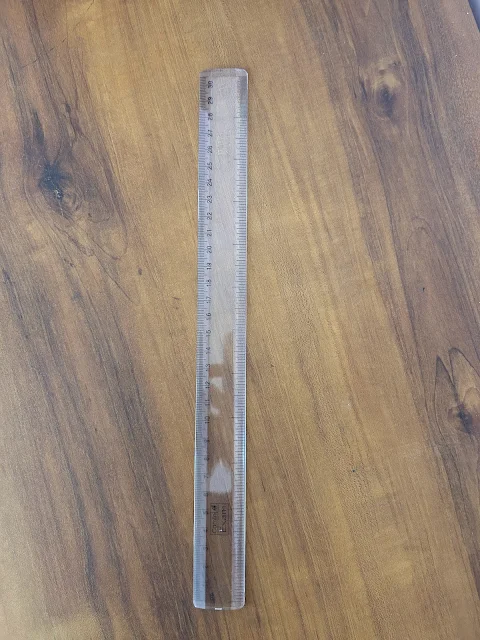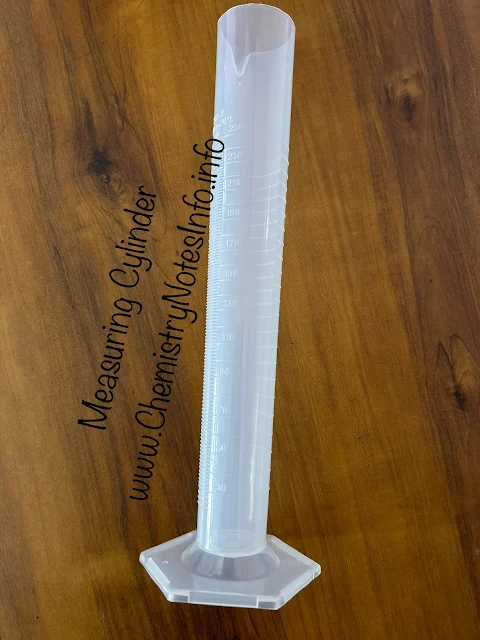How To Measure Density with Weighing Balance and Scale
How to measure density with weighing balance and scale, this question is generally asked by new science students. So, today we learn how to measure density of any substance with the help of weighing balance and using scale.
In this science experiment we are going to learn, how to find density with weight (measured with weighing balance) and volume (measure with cylinder).
To find out density of any substance, we need to know its mass and volume.
To get mass of any substance we use weighing balance. Similarly, you can use scale, measuring cylinder or any other way to get volume of substance.
Density of any substance is calculated with given below formula-
How to Measure Mass of Substance with Weighing Balance:
To measure mass of any substance. Switch on weighing balance. Wait for 1-2 minutes for balance auto-calibration and stabilization. Now place any container and place tare button for zero reading on balance. Place substance in container and note mass reading from balance display.
How to Measure Volume of Substance with Scale:
To measure volume of solids with scale of any solid cube like solid substance, find its length, breadth and height using scale. Now multiply length, breadth and height (length x breadth x height) to get volume.
How to Measure Volume of Liquids with Measuring Cylinder:
Density Measurement Methods
Density measurement is a critical process parameter in various scientific, industrial, laboratory and research applications. There are many methods to measure the density of any substances. These methods are capable to measure density of solids, liquids, and gases.
The choice of selection of method depends on the nature of the material, physical properties like state of material, and the level of accuracy required in the test.
Common density measurement methods:
Here are some of the common density measurement methods are given below.
1. Water Displacement Method (Archimedes' Principle):
This method is suitable for solids and irregularly shaped objects.
To find out the density, submerge the object in a container of water. Due to this action, some of the volume of water get displaced, which is equal to the volume of the object.
Density is calculated by dividing the mass of the object by the volume of water displaced.
Note: Mass is easily find-out with weighing balance and similarly volume of displaced water is easily find-out with graduated cylinder.
2. Hydrometer Method:
This method is used to measure the density of the liquids.
A hydrometer is an instrument that floats in a liquid, and the depth to which hydrometer sinks in liquid is proportional to the density of the liquid.
The scale on the hydrometer is calibrated to provide density readings.
3. Pycnometer Method:
This method is commonly used for measuring the density of liquids and solids.
A pycnometer is a small container with a known volume.
To use pycnometer, Measure the mass of the empty pycnometer, then fill the same pycnometer with the substance whose density to be measured. Now measure the mass again of filled pycnometer.
Density of the substance is calculated based on the change in mass (filled-empty pycnometer) and the known volume of the pycnometer.
4. Gas Pycnometry:
This method measures the volume of a gas at a known pressure and temperature.
This method is applicable for the solids, porous materials, and powders.
The volume of the gas displaced by the sample is used to calculate density of the gas.
5. Vibrating Tube Densitometry:
This method uses the natural frequency of a vibrating tube.
In this method we measure the change in natural frequency when the tube is filled with the substance. Density of the substance is calculated based on the change in frequency.
6. Digital Density Meters:
Now days there are so many modern instruments that use various principles, such as oscillation, sound velocity, or refractive index, to measure density very accurately.
Another benefit of these instruments is that they provide density of liquids quickly and more precisely.
7. X-ray or Gamma-ray Attenuation:
In this method we pass the X-rays or gamma rays through a substance and measure the attenuation.
This method is applicable for solids and liquids. Density of any substance is calculated based on the degree of attenuation.
8. Ultrasonic Density Measurement:
In this method, we send ultrasonic waves through a substance and measures the time of travel of ultrasonic waves.
This method is applicable for measurement of density of liquids and some solids. Density of substance is calculated based on the speed of sound travel in the substance.
9. Nuclear Magnetic Resonance (NMR):
This NMR method measures the nuclear spin of atoms in a sample whose density is to be measured. This method provides the detailed information about the composition and density of substance.
10. Pressure-Volume-Temperature (PVT) Analysis:
This method analyses the change in pressure, volume, and temperature of the gases. This method is used for gases and other high-pressure applications.
All density measurements methods described above have its own advantages and limitations. So, the choice of method selection for density measurement depends on factors such as the type of material, the precision required, cost of measurement, trained manpower and the available equipment.
Research organizations and high-end industries lab (like QC lab in pharmaceutical & API companies) professionals or scientists select the most appropriate method to ensure accurate density measurements for their specific applications. However, learning students in school, college and university students uses financially sound cost effective and simple to operate density measurement methods.
Still interested to learn more about density and its uses and measurements, do visit our dedicated article on density and many other interesting terminologies in science and chemistry. Link of some of these terminologies is given below and for others you can use search button in this website.
- What is Density - Definition, Symbol, SI Units, Formula & Measurement of Density.
- What is Temperature in Science & How to Measure Temperature with Thermometer
- Forensic Science Chemistry - Famous Forensic Scientists and Forensic Chemist
- Famous Scientists and their Inventions
- What is Viscosity in Chemistry
- Chemistry Formulas for Chemical Bonding
- Thermodynamics in Chemistry
- Solid State Chemistry
- Chemistry of Elements of First Transition Series
- Atomic Structure




